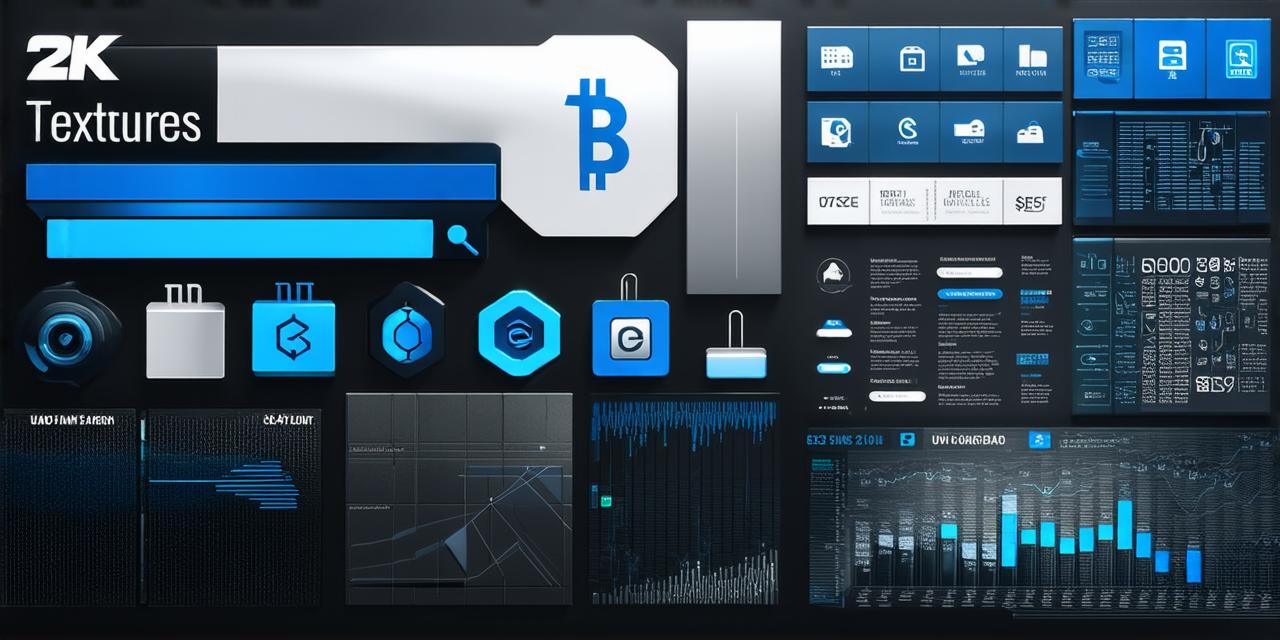Introduction:
Blockchain technology is rapidly changing the way we think about data security and decentralization. One of the most important aspects of blockchain is the concept of a hash ID, which is used to identify and verify transactions on the network. In this article, we will explore how to find hash ID on blockchain and its importance in the world of blockchain development.

What is a Hash ID?
A hash ID is a unique string of characters that identifies a specific block on the blockchain network. It is generated using a complex algorithm that takes into account various factors, such as the transaction data, the timestamp, and the previous hash in the chain. The hash ID serves as a digital fingerprint of the block, making it easy to verify its authenticity and integrity.
How to Find Hash ID on Blockchain
There are several ways to find the hash ID of a specific block on the blockchain network. Here are some common methods:
- Using a Block Explorer: A block explorer is a website or application that allows users to view and search for blocks on the blockchain network. By using a block explorer, you can easily find the hash ID of a specific block by searching for it based on its timestamp or transaction data. Most popular blockchain networks like Bitcoin, Ethereum, and others have their own official block explorers that you can use.
- Using API: An API (Application Programming Interface) is a set of protocols and tools that allow different software applications to communicate with each other. Many blockchain platforms provide APIs that allow developers to access and retrieve data from the blockchain network, including the hash ID of specific blocks. By using an API, you can programmatically search for blocks based on various criteria and extract their hash IDs.
- Using Command Line Tools: There are several command line tools available for interacting with the blockchain network, such as cURL and jq. These tools allow you to send HTTP requests to the blockchain network’s API endpoints and retrieve data in JSON format. By using these tools, you can easily find the hash ID of a specific block by querying the appropriate endpoint.
Importance of Hash ID on Blockchain Development
Hash ID plays a crucial role in blockchain development, as it is used to verify the authenticity and integrity of transactions on the network. Here are some reasons why finding the hash ID of a block is important:
- Verifying Transactions: The hash ID of a block serves as a unique identifier for that block, making it easy to verify its authenticity and integrity. By comparing the hash ID of a block with the one stored in the blockchain’s ledger, you can ensure that the block has not been tampered with or altered.
- Traceability: The hash ID of a block allows you to trace the movement of assets on the blockchain network. By following the chain of blocks that contain specific transactions, you can determine the origin and destination of those assets, as well as any intermediate transfers.
- Security: The hash ID of a block is used in various cryptographic algorithms to secure the blockchain network. For example, it is used in the proof-of-work algorithm to prevent double-spending and ensure that only one transaction can be processed per second.
Summary:
In conclusion, finding the hash ID of a specific block on the blockchain network is an essential skill for blockchain developers. By using various methods such as block explorers, APIs, and command line tools, you can easily retrieve the hash ID of any block on the network. The hash ID plays a crucial role in verifying transactions, providing traceability, and ensuring security on the blockchain network. As blockchain technology continues to evolve, understanding how to find hash ID will become an increasingly important skill for developers.
